By
James Nieman | 10/31/2018 | in
A few years ago, HelloFresh came to us to help strengthen its positioning in the U.S. market. Together, we designed and launched an iconic, award-winning rebrand that quickly transformed HelloFresh into the #1 leader of the meal kit delivery service category, surpassing both Blue Apron and Plated along the way.
Today, on Halloween, that branding has taken on a different meaning. HelloFresh home cookers from around the world are taking the brand experience we designed and reimagining it for the Holiday.
Using our zesty branded packaging as inspiration, consumers are ingeniously recycling the materials and crafting them into Halloween costumes. Here are just a few examples of how resourceful consumers are creatively adapting HelloFresh’s identity into their own:
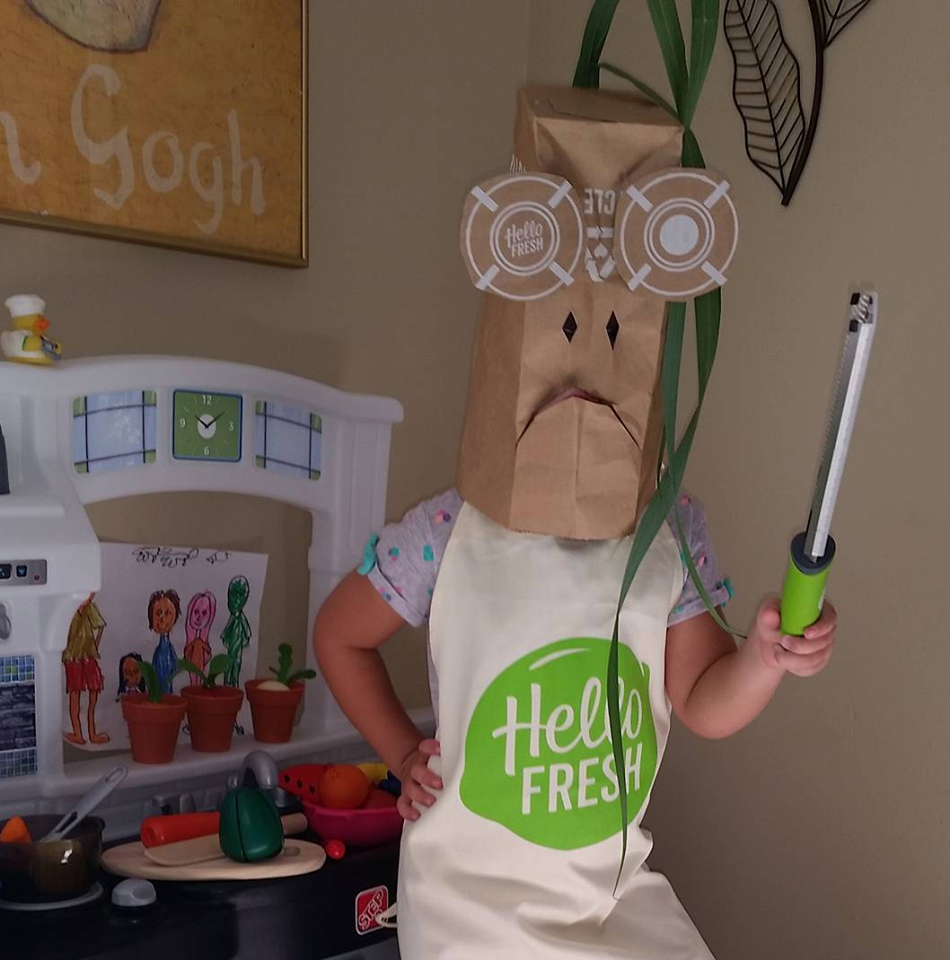
Recycling beautifully designed packages and turning them into boo-tiful Halloween costumes. That’s inspiring action.
By
Julia Yale | 09/28/2018 | in
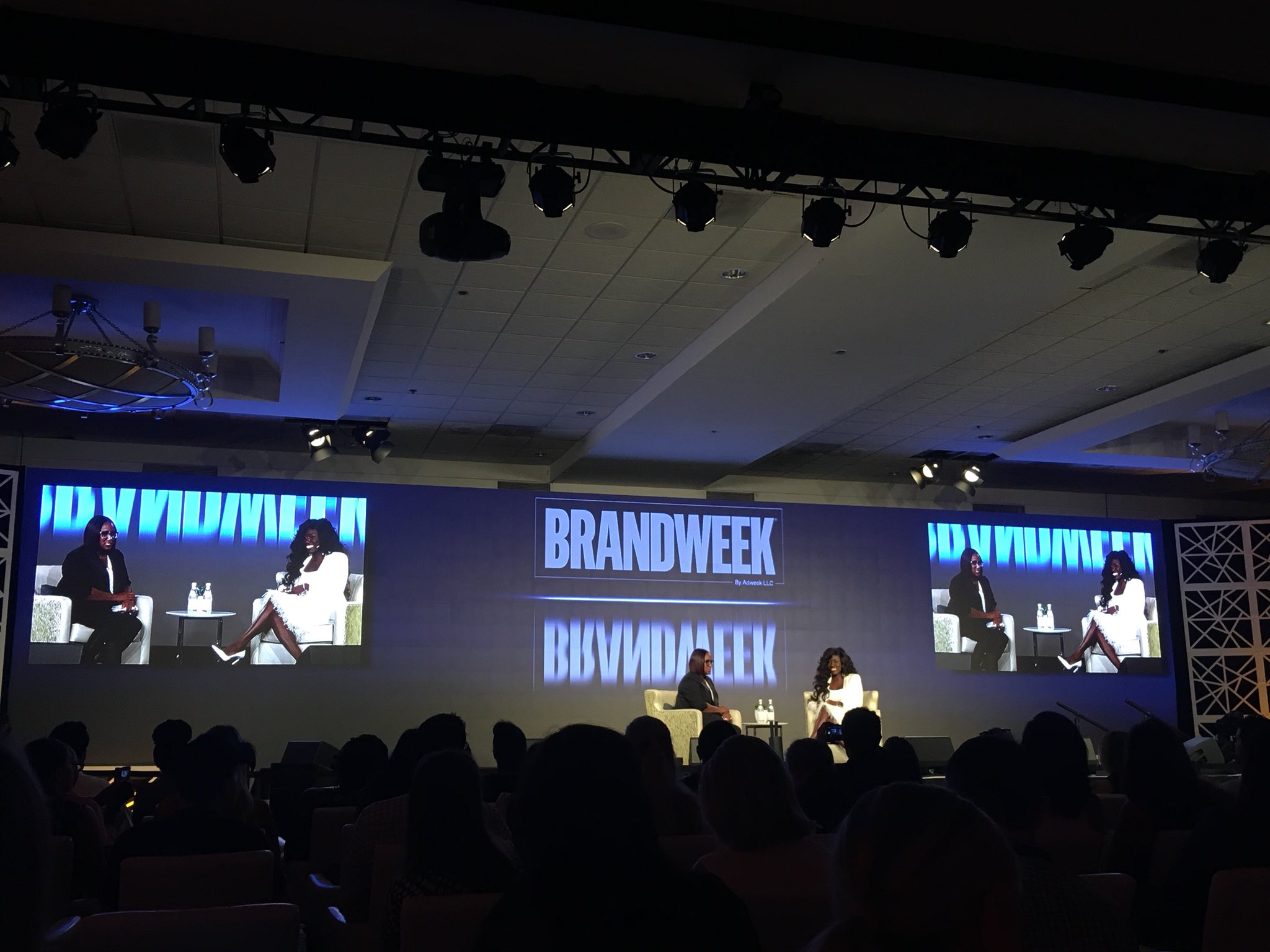
At the inaugural Brandweek conference this week in Palm Desert, CA, I learned a LOT.
I learned that marketers at big brands don’t want to be sold to, but they do want to embrace their brand’s problems — and sometimes even faults, when they are in a safe space.
I learned that the newest brands on the block, like Away, are able to be so consumer-centric, that adding in an agency wouldn’t have a bigger impact than what they’ve built internally.
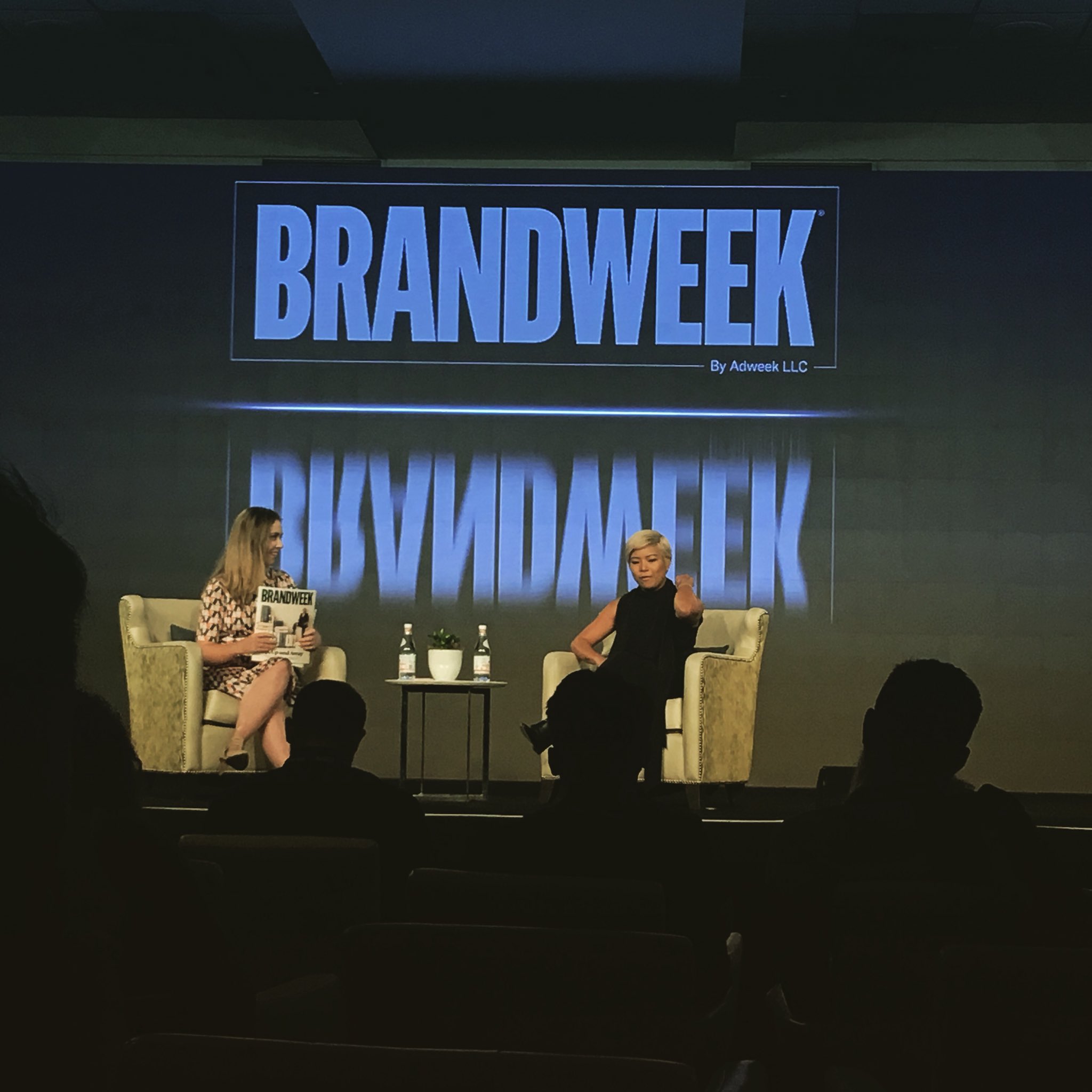
I learned that everyone who works in marketing is always going to be chasing the next ad tech and working hard — like, really hard — to explain that to anyone who will listen.
I learned that there are so many things I would have never learned if I hadn’t made the time to get out of our office and see what everyone else is talking about.
But today, I want to talk about something that all agencies need to learn. If you are an agency, and you aren’t focused on the value you provide to clients, then you are doing it wrong. If you work in an agency and you aren’t focused on the ways you can help brands better communicate, engage and interact with their consumers, the ways you can help them UNDERSTAND their consumer better, than you could take some advice from the people behind the brands that I met at Brandweek.
This was a well-attended conference. Marketers like Rick Gomez from Target, Jen Rubio from Away, Michael Dubin from Dollar Shave Club, and Leesa Eichberger from Farmers Insurance were in the audience and on the stage talking about what ground they are breaking and what problems they are facing. I even got the opportunity to sit next to Victoria Russell, the Chief Diversity Officer of Papa John’s, during a workshop. Yes, she knew about the scandals before she took the job, and yes, I believe she will be the person to turn that brand around.
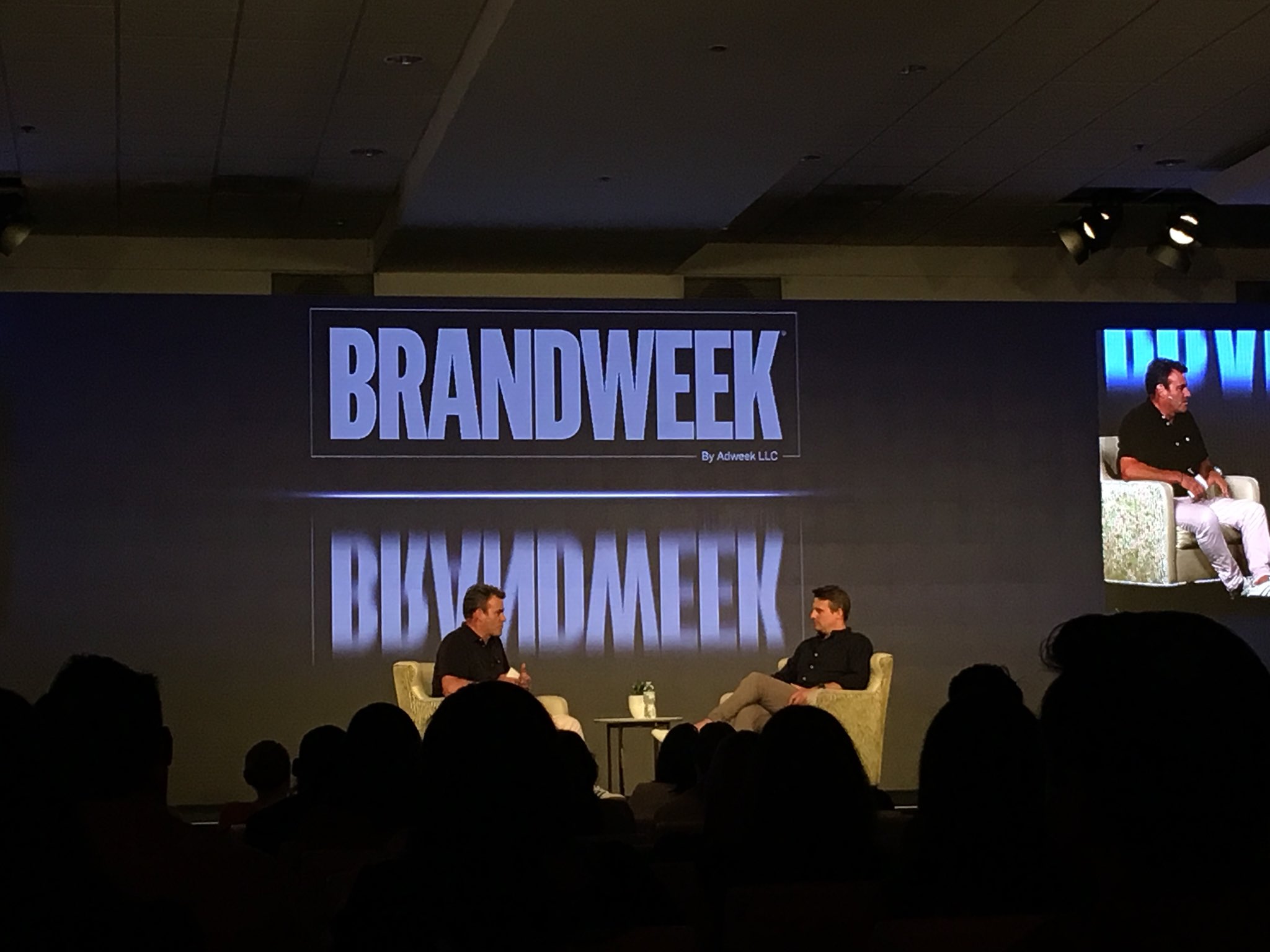
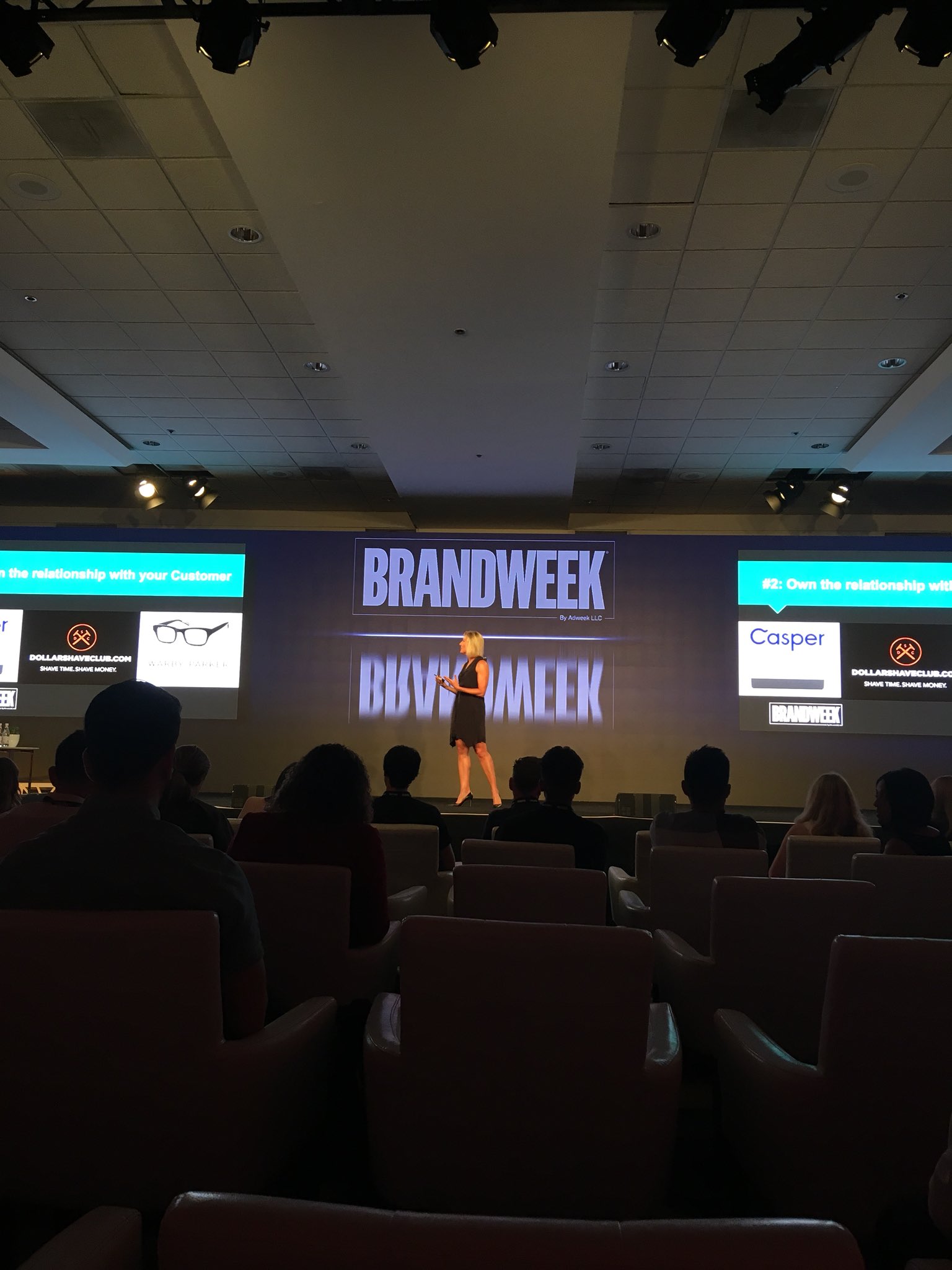
Between the varying degrees of brand awareness and brand loyalty, the thing that everyone had in common was the fact that they are all SO laser-focused on their consumer. What is their experience? How do I draw them in? How does their feedback shape my product lifecycle? How does their feedback save my business?
We got to hear about all of these issues from the marketers themselves, but even better, we got to work through them together during two different break-out workshops. People were asked to connect on issues and topics like “collaboration” and “the brand’s role in society.” They were asked to think about new media opportunities and new technology that could solve problems. And then entire rooms of people got to connect on those issues and problem-solve together.
So, what did I learn that I will take back to my team that I think will REALLY make a difference? It’s all about the consumer.
At DiGo, this isn’t a new idea. We’ve worked alongside inspiring action companies for over two decades, and each time, we’ve placed the consumer at the center of everything we do. Inspiring action companies know the importance of “learning what your devotees love about themselves with you”.
This is what we do for our clients, even when they don’t realize it. It’s our focus on this that allows us to truly act like a brand-and business-building partner to our clients. It’s what turned Weight Watchers around, and what led HelloFresh to outpace Blue Apron in the meal-kit delivery wars of 2017. It’s what re-launched Reader’s Digest, and what is behind the work we’re doing for the Partnership for a Drug-Free Kids and Salesforce.org.
It’s Inspiring Action.
By
Claudia Mark | 01/27/2017 | in
![1_HF_Graphis_Mockup_Blog[1]](https://digobrands.com/wp-content/uploads/2017/01/1_HF_Graphis_Mockup_Blog1-1024x588.jpg)
We are thrilled to announce that the identity our design team created for inspiring action client HelloFresh has won a Silver Award in Graphis Logo Design 9 Competition. Graphis is committed to presenting and promoting the work of exceptional talent in Graphic Design, Advertising, Photography and Art/Illustration. Our work will be featured in the Graphis Logo Design9 & Letterhead8 hardcover book, which can be purchased here.
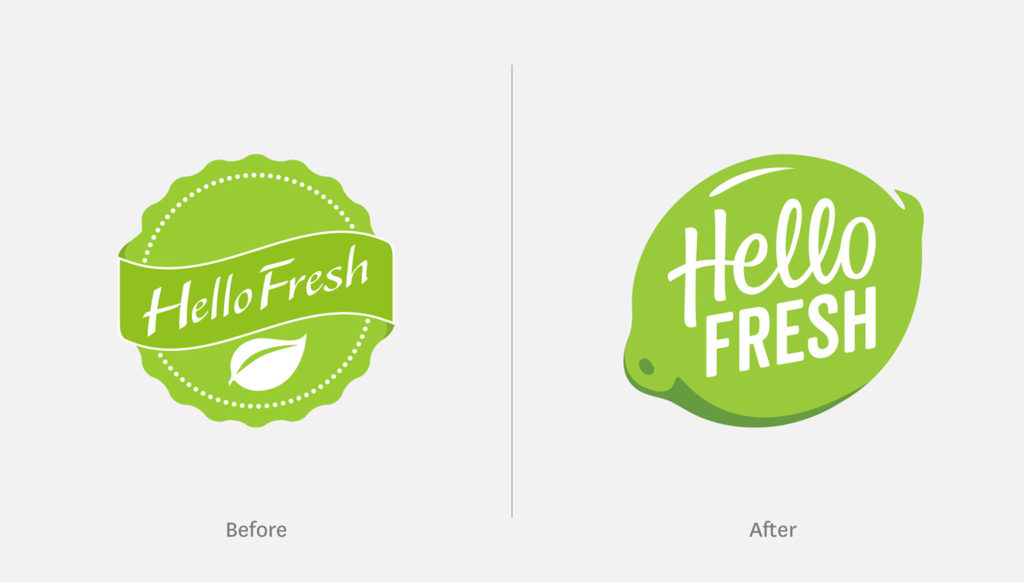
We began the rebrand process in early 2016, collaborating closely with HelloFresh’s Global Design and Marketing team. The new logo and brand launched in late July and has been embraced by the company and its subscribers alike. We also redesigned the packaging which has been adapted in all nine of HelloFresh’s global markets. Check back with us soon for a full case study!
![3_HF_GraphisBlog_Apron[1]](https://digobrands.com/wp-content/uploads/2017/01/3_HF_GraphisBlog_Apron1-1024x582.jpg)
By
Team DIGO | 10/07/2016 | in

I’ve noticed that people are surprised when some companies dramatically outperform other companies…
when they grow both revenue and brand value…
when they disrupt and then dominate their categories…
and when they sell or go public at phenomenal valuations…
But I’m not surprised.
I’ve studied those companies intensely for years. I’ve learned directly from the top decision makers exactly what they do differently. I’ve made them the focus of my career. And here I will share with you the single most important thing they do…
They define the word “brand” differently.
The great change agents, disruptors, and CMOs who can write their own tickets all have this in common. “Brand” means something very different to Dollar Shave Club, Airbnb, Warby Parker, and Casper than it does to most marketers.
Most marketers – and in fact, most business leaders – still associate “brand” with logos, style guides, naming conventions and brand ads. This is what I call small brand.
Not the big winners. They subscribe to the concept of BIG BRAND.
They understand that the brand, is first and foremost, an experience in the mind of the user. They understand that to manage that brand is their ultimate job; that it is in fact the main purpose of the organization. They understand that to manage that inner experience, they must design and direct all of the external evidence of the brand that the user experiences.
Therefore, these companies think of “brand” as the entire user experience, not just of the product and promotion, but of every touchpoint related to the brand. That’s Big Brand.
Then, in order to organize and change everything about the way the brand is experienced, they think about the brand this way:
• They think about the brand spirit. They get clear about what the spirit of the brand will be. That spirit will transform every touchpoint into a brand experience. For Tesla, it’s visionary, bold and futuristic. For Airbnb, it’s adventurous, social and natively comfortable. For Dollar Shave Club, it’s fun and frank and super-practical.
• They think about the brand meaning. They know that an inspiring idea can organize and change everything for the brand. They know that people want to buy into more than a value proposition; that they want to be part of something meaningful. For Casper, it’s a more rested culture. For Betterment, it’s a world of tech-savvy, smarter investors. For Tesla, it’s a world without smokestacks and rising oceans. For Dollar Shave Club, it’s a club of guys who look great and still have some money in their pockets.
• They think it applies to ALL their communications. Unlike small brand thinkers who often unthinkingly expose more people more often to brand-damaging promotional come-ons that sap the value of the brand, Big Brand thinkers view everything they do as part of the user experience, part of the brand. They generate more sales, more efficiently, by thinking brand response rather than direct response. In brand response, the brand insight makes customer acquisition more efficient while it builds brand value. The better it works, the more the company can afford to do. The more the company can afford to do, the more it sells and the more valuable its brand is. It’s a virtuous cycle. The opposite of the one that kills the small brand goose.
• They design phenomenal fulfillment experiences. Brand experience design is a mindset that pays huge returns. And it doesn’t have to cost a lot of money! It’s shocking to us that so many companies just deliver in a normal envelope or a cardboard box. It’s crazy that they don’t see their trucks, boxes, crates, envelopes, cards, keys, bags, packaging and even invoices as inspiring brand experiences ready to happen. We are appalled at the enormous waste of owned and tightly targeted media that is underutilized. Casper puts a whole mattress in a box – a story with every delivery! Dollar Shave Club includes Bathroom Notes with every well-designed delivery, mastering their brand domain. Our boxes for Gateway had spots, and you could see them from two blocks away. Our FreshDirect trucks became popular rolling billboards and backdrops for a million selfies. From our logo to every element of delivery packaging, we worked with our brilliant friends at HelloFresh to make every surface and gesture speak the brand. This year, we evolved Weight Watchers’ Starter Kit from a concept to an actual kit, and both recruitments and member results improved dramatically!
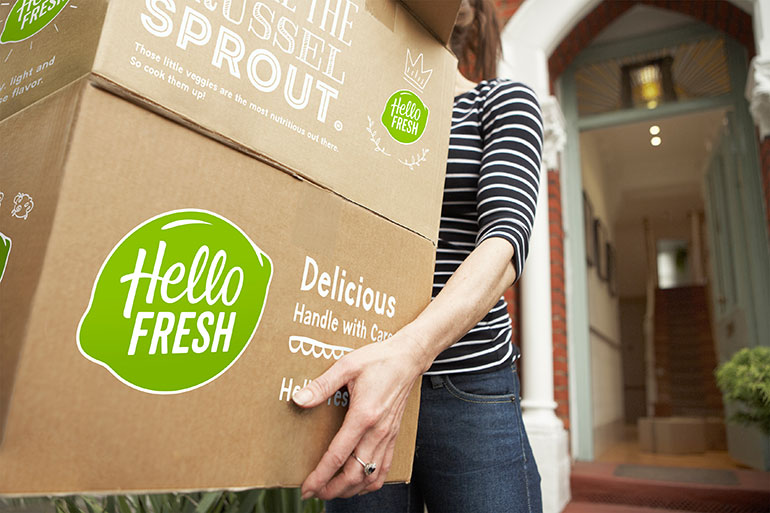

• They think about how media creates powerful brand associations. So, in addition to effectively increasing their media budget by 15% or more by insisting on transparent, accountable media, they also use a balanced scorecard for optimizations. This makes both acquisition efficiency and brand association central. It also includes location and purpose to, again, better align to the experience of the user.
• They think about being and doing the brand, not just marketing and promoting it. Because they know that today, everyone is connected to the true word-of-mouth about products and brands, they know that what they do and what they are means more than what they say they do and are.
And yes, they view the people who interact with their marketing as users and friends, rather than “targets” or even “audiences.” They know that today, people are trying to use our marketing and our brand to make meaningful and lasting changes in their own lives. Big Brand thinkers know that’s what we’re here for.
If this concept of Big Brand intrigues you, you may want to check out this roadmap. It’s the same one we use for smaller companies with smaller budgets to build dominant, category-disrupting big brands. It’s the same roadmap we use to help big companies to turn the ship around and succeed in our mobile-and-social-acquisition-driven marketplace.
I’d love to talk to you about Big Brand, Brand Response and Inspiring Action companies. Please don’t hesitate to reach out to @MarkDiMassimo or mark@digobrands.com.







![1_HF_Graphis_Mockup_Blog[1]](https://digobrands.com/wp-content/uploads/2017/01/1_HF_Graphis_Mockup_Blog1-1024x588.jpg)

![3_HF_GraphisBlog_Apron[1]](https://digobrands.com/wp-content/uploads/2017/01/3_HF_GraphisBlog_Apron1-1024x582.jpg)


